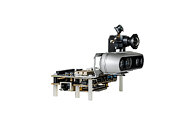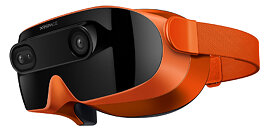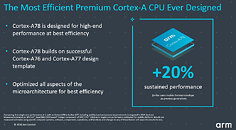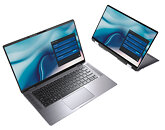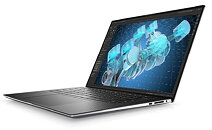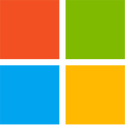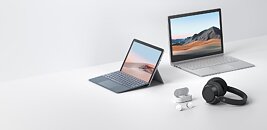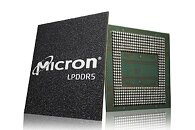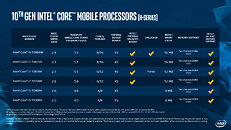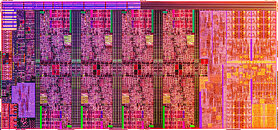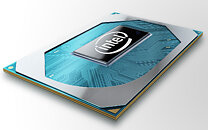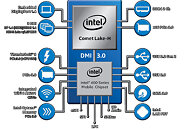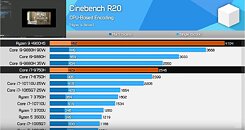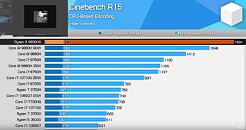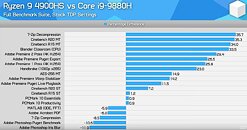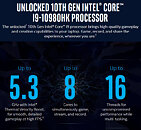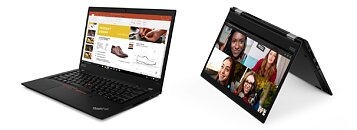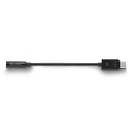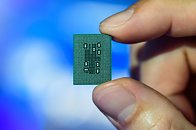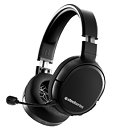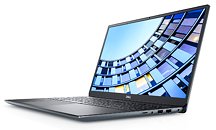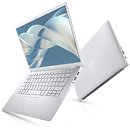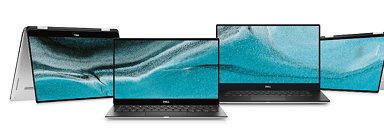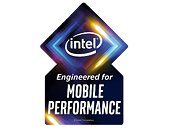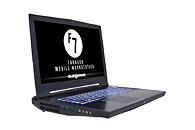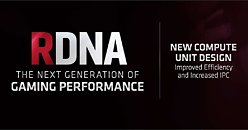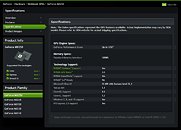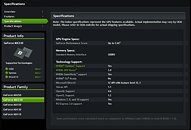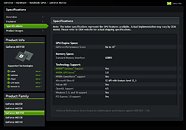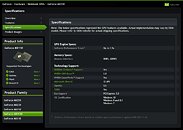
Qualcomm Announces Snapdragon 865 Plus 5G Mobile Platform, Breaking the 3 GHz Barrier
Qualcomm Technologies, Inc. unveiled the Qualcomm Snapdragon 865 Plus 5G Mobile Platform, a follow-on to the flagship Snapdragon 865 that has powered more than 140 devices (announced or in development) - the most individual premium-tier designs powered by a single mobile platform this year. The new Snapdragon 865 Plus is designed to deliver increased performance across the board for superior gameplay and insanely fast Qualcomm Snapdragon Elite Gaming experiences, truly global 5G, and ultra-intuitive AI.
"As we work to scale 5G, we continue to invest in our premium tier, 8-series mobile platforms, to push the envelope in terms of performance and power efficiency and deliver the next generation of camera, AI and gaming experiences," said Alex Katouzian, senior vice president and general manager, mobile, Qualcomm Technologies, Inc. "Building upon the success of Snapdragon 865, the new Snapdragon 865 Plus will deliver enhanced performance for the next wave of flagship smartphones."
"As we work to scale 5G, we continue to invest in our premium tier, 8-series mobile platforms, to push the envelope in terms of performance and power efficiency and deliver the next generation of camera, AI and gaming experiences," said Alex Katouzian, senior vice president and general manager, mobile, Qualcomm Technologies, Inc. "Building upon the success of Snapdragon 865, the new Snapdragon 865 Plus will deliver enhanced performance for the next wave of flagship smartphones."


